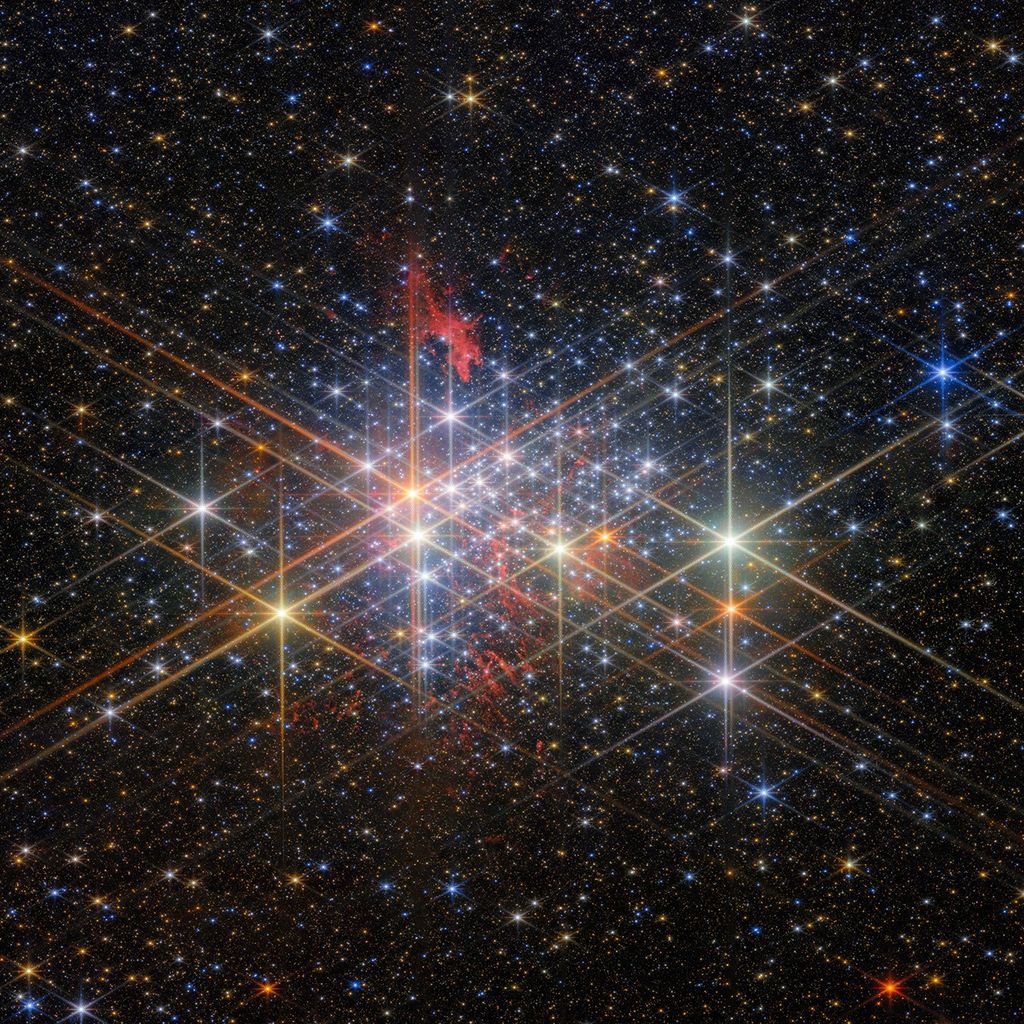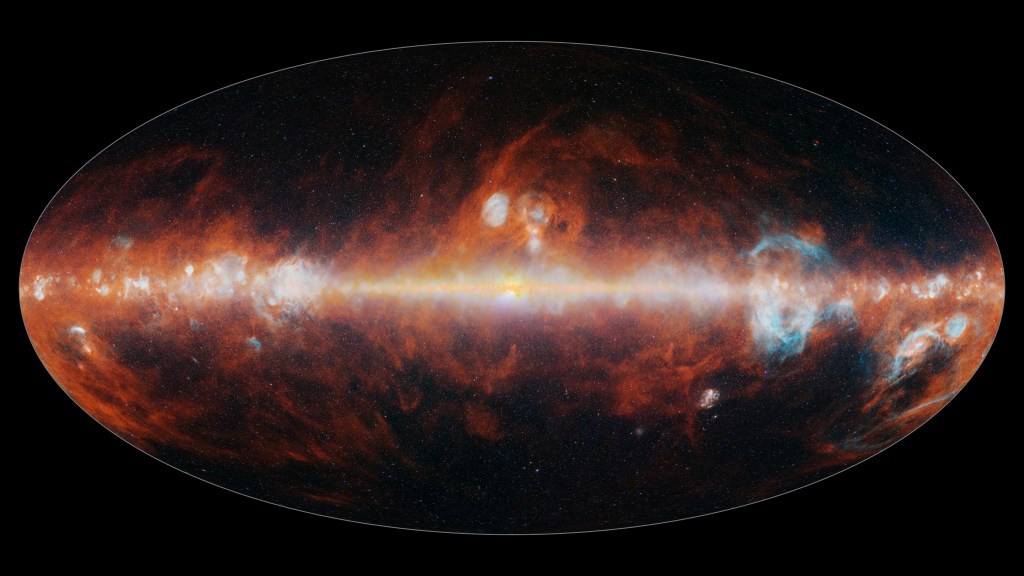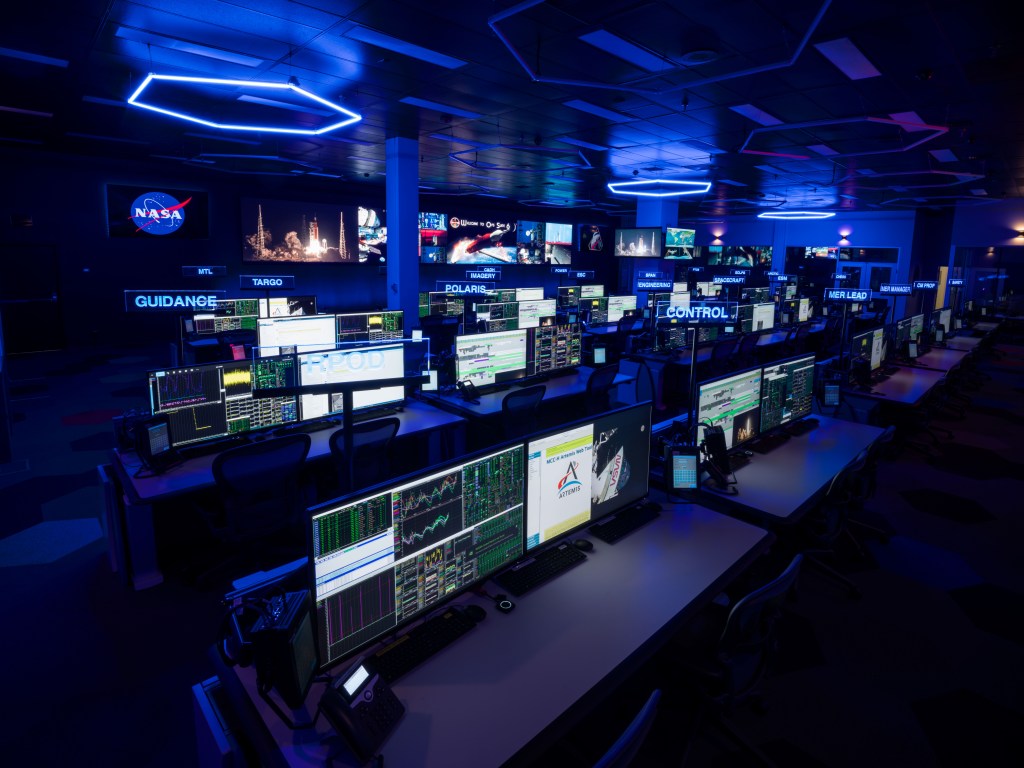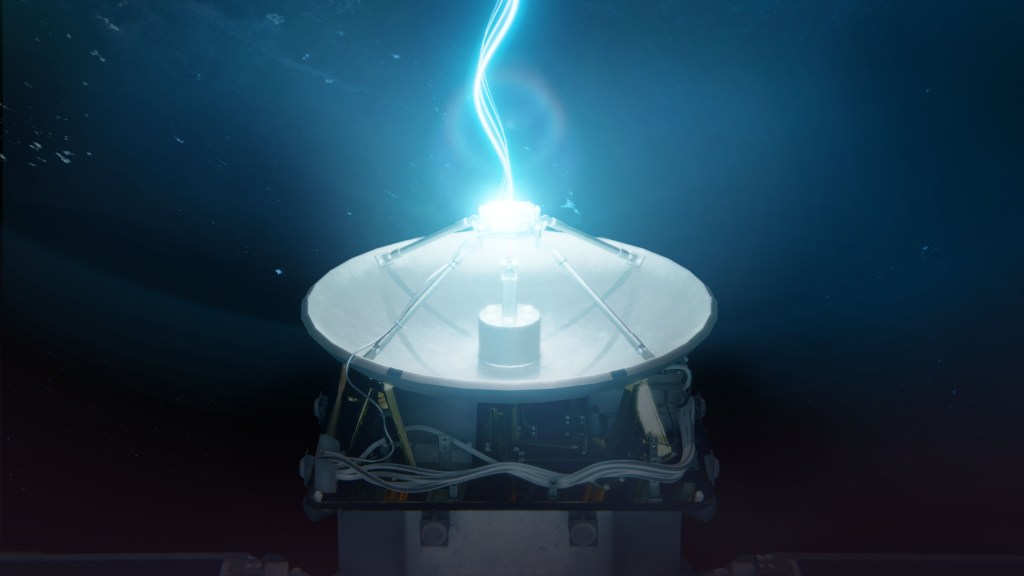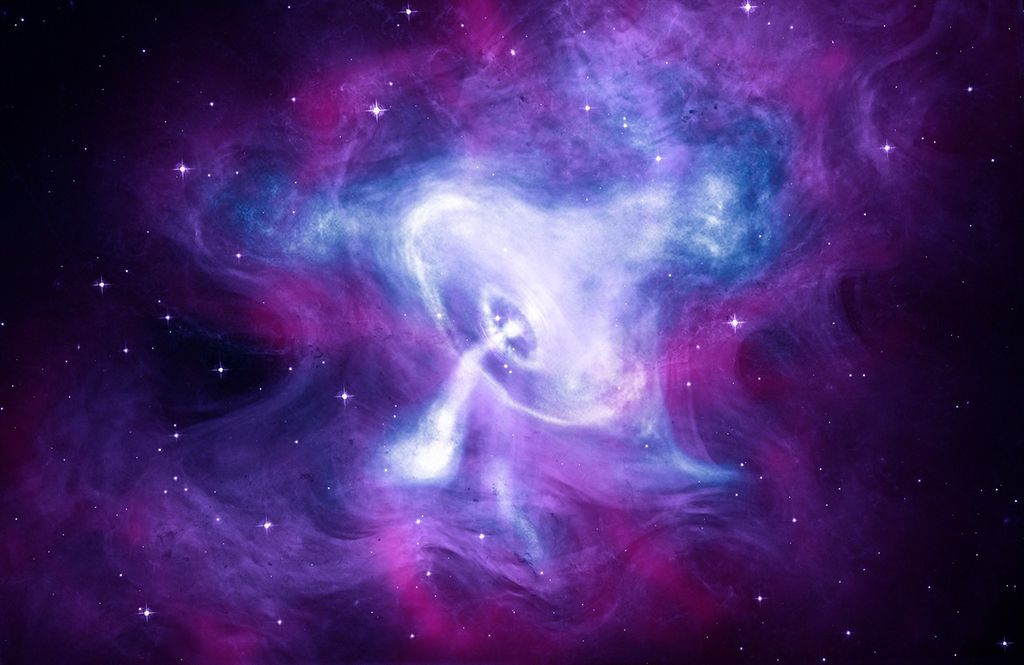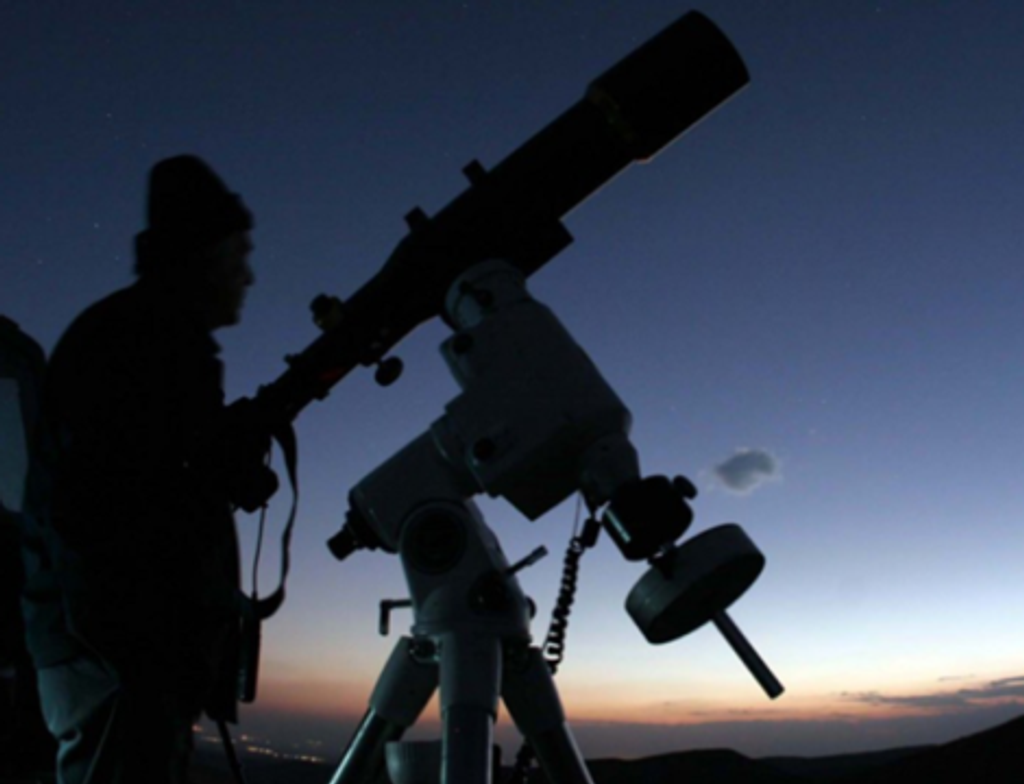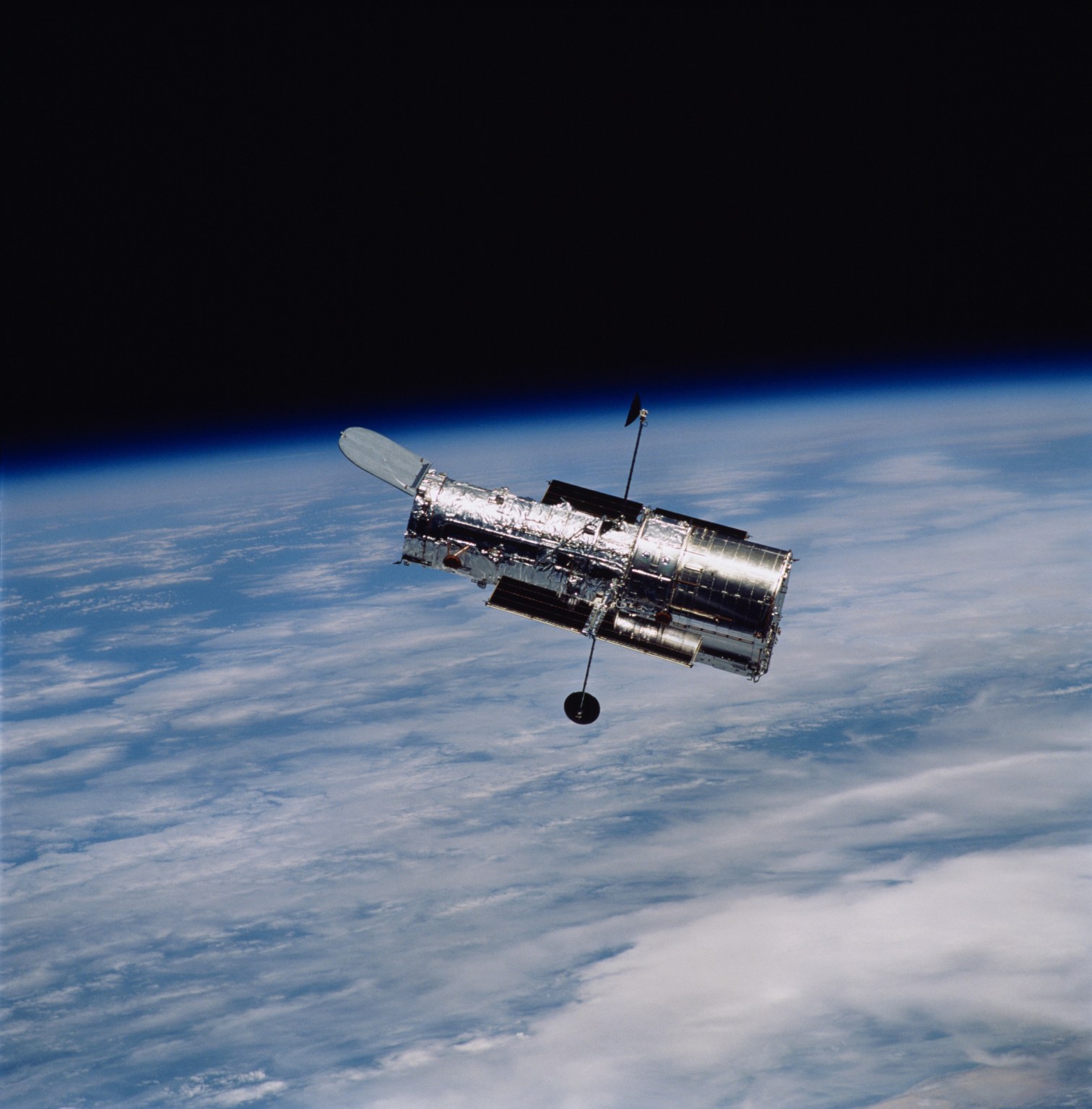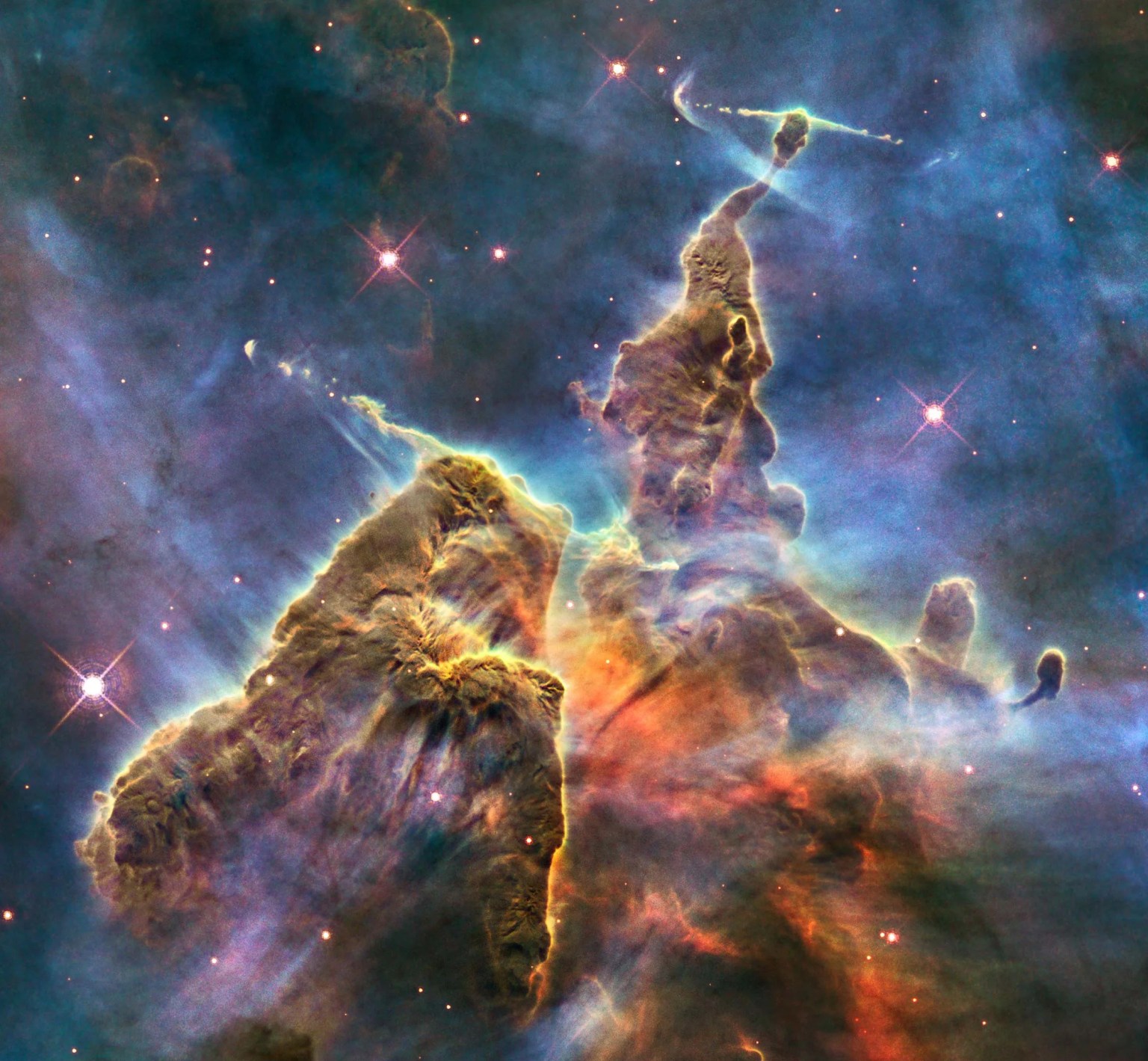This NASA/ESA Hubble Space Telescope image features a luminous tangle of stars and dust called the barred spiral galaxy NGC 1385, located about 30 million light-years away. Hubble released an earlier image of NGC 1385, but the two images are notably different. This more recent image has far more pinkish-red and umber shades, whereas cool blues dominate the earlier image. This chromatic variation is not just a creative choice, but also a technical one, that represents the different number and types of filters used to collect the data that comprises the respective images.
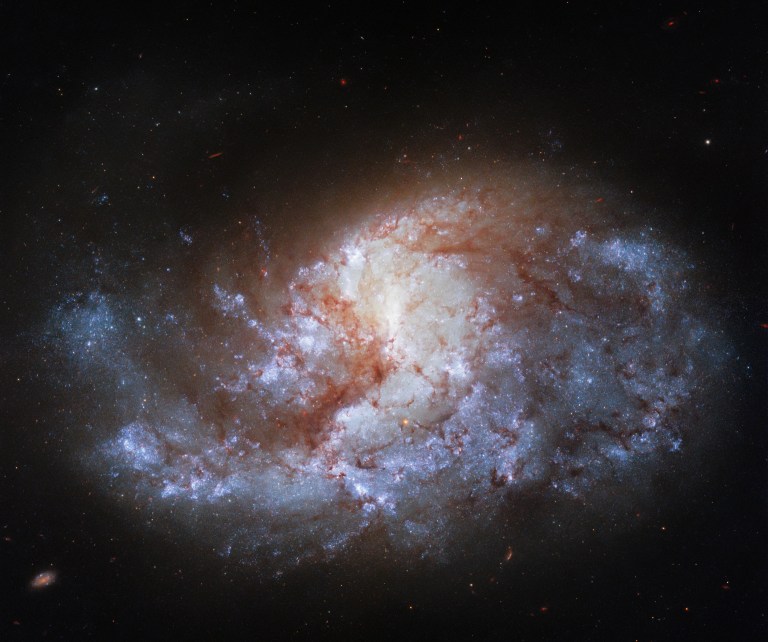



Before and After
Two views of NGC 1385
Like all telescopes used in scientific research, Hubble holds a range of filters. These highly specialized filters are pieces of physical hardware that allow a range of wavelengths (broadband filters) or very specific wavelengths (narrowband filters) of light to enter the telescope. This allows astronomers to look for specific features in the object. The data can tell us what elements are present, the temperature, and pressure of the object. The ability to probe extremely specific parts of the electromagnetic spectrum is very useful to astronomers. It helps them better understand the physical processes and environments of the objects they study.
Text Credit: ESA/Hubble
Media Contact:
Claire Andreoli (claire.andreoli@nasa.gov)
NASA's Goddard Space Flight Center, Greenbelt, MD


